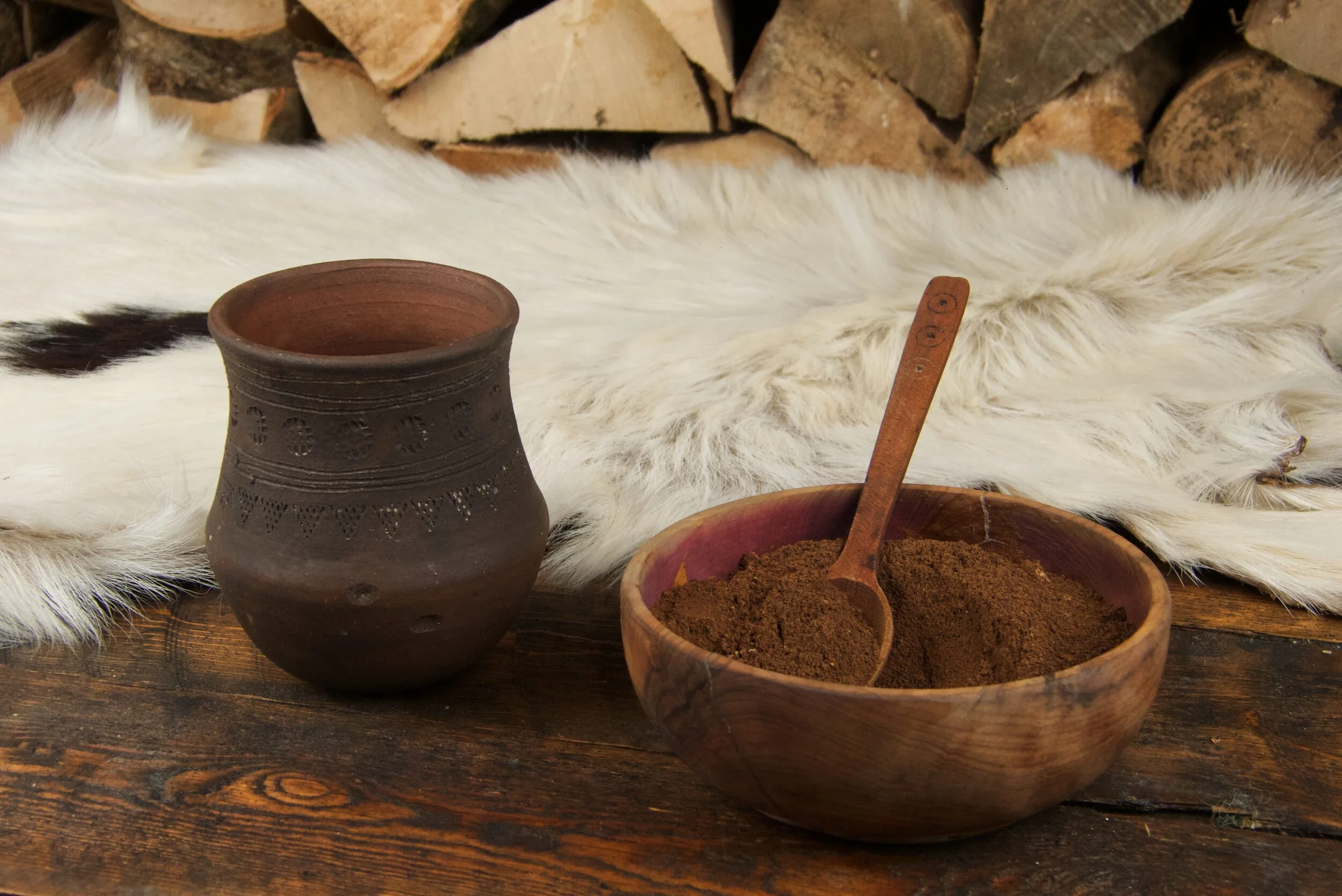The first rule of making any kind of brew, is to make sure you sterilise everything. Buckets, bottles, siphons – everything that comes into contact with your brew. You can buy sterilising powder in home-brew shops, Wilko’s or online. Follow the directions on the packet and clean everything thoroughly.
Once clean, rinse the equipment well.
The next thing is to make sure you have a hydrometer. These are cheap to buy and will help you to know when your brew is finished fermenting. It will also enable you to estimate the alcohol content of your finished brew.
• Take a reading before you add your yeast. This is known as the Original gravity or OG
• Take another at the end. This is known as the Final gravity or FG
• Using a simple formula, (OG – FG) x 0.13 = %, you can then figure out the alcohol content of your finished brew
• For example if your original gravity is 1080 and your final gravity is 1000, then using the formula (1080 – 1000) x 0.13 = 10.4% alcohol content
The original gravity of most wines and meads should start at around 1050 – 1100
The original gravity for beer should start at around 1040
The higher the number, the higher the potential alcohol content of your brew, however this is also limited by the type of yeast used.
Your brew will either finish fermenting when the yeast runs out of food (sugar) or when the alcohol content is too high for the yeast to live in.
When your brew stops bubbling, or slows to less than 1 bubble a minute, use the hydrometer to see if your brew is finished fermenting. Move your brew somewhere warm and check the gravity over a period of 3 days and if the reading doesn’t change, fermentation has stopped.
At this stage there are a few optional things you can add to your brew. The first 2 things are fermentation stopper, and campden tablets. These are generally added at the same time to wine, mead and cider, and help to stabilise the alcohol by killing off any yeast that might still be hanging around. They also help to prevent any bacterial growth during the ageing process. Add these as per the packet instructions, usually you’ll need to stir your brew daily for 3 days after adding, which will also help to remove any trapped co2.
The next thing is bentonite. This is a naturally occurring clay that draws particles from the alcohol and settles it to the bottom of your container. This clears the alcohol, so you can siphon your liquid into a new container or bottle to prevent a hazy wine.
Taken from my book ‘Eat like a Viking!’ Available now on Amazon






